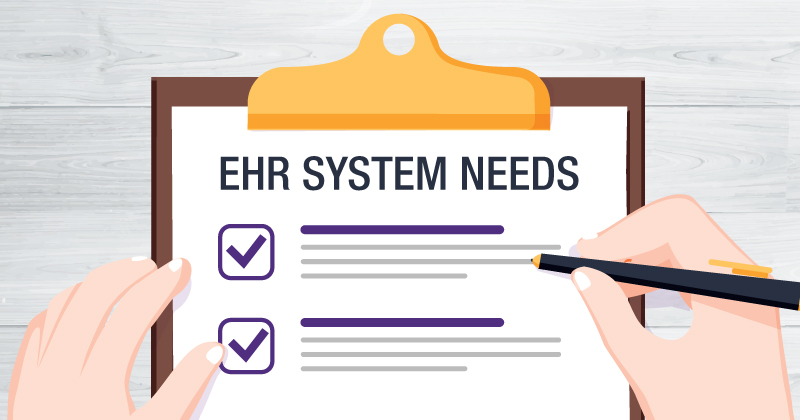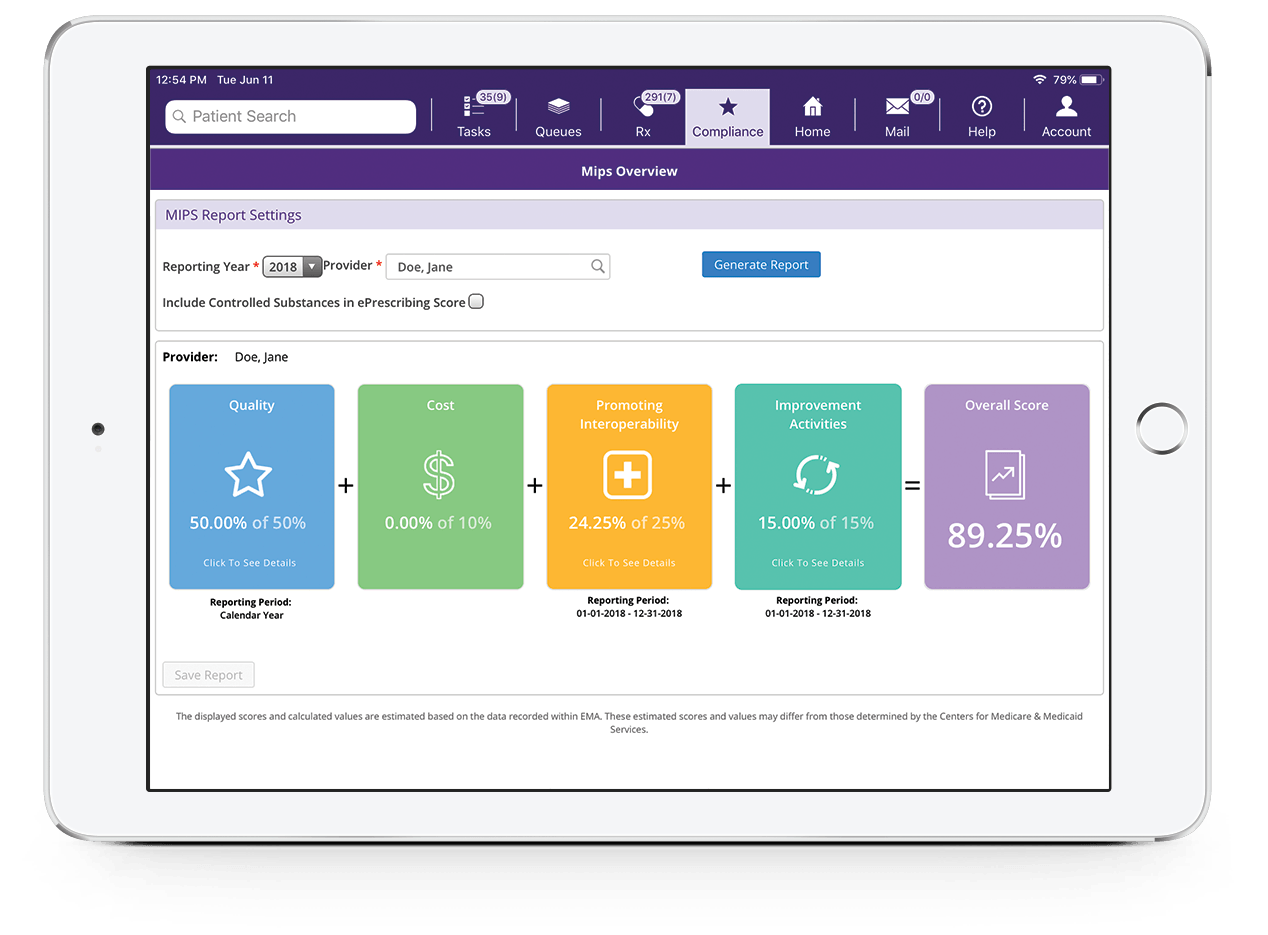You Deserve an Ophthalmology EHR System That Works for You

4 Tips to Help Find the Right Vendor and Software
When you started your career in ophthalmology, it was for the love of the practice and the patients — not because you loved practice management or cumbersome documentation. Now that you’re in the thick of it, finding the right ophthalmology EHR and practice management (PM) systems are vital. The wrong choice could bring your workflow to a grinding halt, while choosing an effective solution frees you up to do what you do best – caring for patients.
If your EHR or PM systems slow you down and make your day-to-day a constant headache, it may be time to switch to a solution that works for you. How do you know if you’re ready? Here are four key elements to consider.
1. Uptime vs. Downtime
What’s on your mind when you start your day? Hopefully it’s your patients and their wellbeing. But, if you’re dealing with an EHR system that isn’t working for you, you may find yourself worrying first and foremost about downtime happening when you need the software most. If your daily workflow is being bottlenecked by inefficiencies, it may be time to consider alternatives.
Frequent downtime isn’t just frustrating — it can also increase patient appointment times and reduce practice efficiency. Both you and your patients need reliable uptime and built-in features to help keep the day running smoothly. Your EHR vendor should have different monitoring tools in place to help measure performance, infrastructure health and indicators to help deliver consistent and reliable uptime.
 2. Customer Support
2. Customer Support
When you do run into a problem with your EHR system, what type of support does your vendor provide?
- How long do you have to wait to hear from your vendor support team?
- Do they take your concerns and requests seriously?
- Do you feel like your issues are overlooked?
- How helpful and friendly are the staff who assist you?
Your ophthalmology EHR and PM vendor should function as an extension of your team – helping you when you have questions and when you need it most. They should be there to support you every step of the way, whether you’ve been using the software for weeks, months or years.
Seeking out and opting for an EHR vendor with award-winning customer support can help get you started on the right foot and may influence the vendor you select. If you don’t feel your practice is benefitting from award-winning EHR software support, it’s time to find another option — one with outstanding customer service provided by a top-notch team.
3. Ophthalmic EHR Updates and Enhancements
Has your ophthalmology EHR and PM software hit a plateau? When was the last time your vendor released an update or enhancement? One of the keys to top-performing software is frequent updates and improvements.
You want a product that is constantly evolving — especially when it comes to:
- Security
- Ease of use
- The latest technology and innovations
- Continued product enhancements and offerings
When the ophthalmology software you rely on becomes stagnant, it puts your practice at risk of falling behind the times. It can also make future updates far more unwieldy. Find a vendor that is committed to providing the regular system updates you need to keep up with industry changes and the regulatory landscape.
Look for an ophthalmic EHR system that includes a modern image management system, subspecialty workflows such as built-in retina content, patient surveys and appointment reminder functionality. Ask about the availability of a patient kiosk and patient portal. Find out if they offer a full suite of electronic reports for cataract surgery and other procedures performed in ambulatory surgical centers (ASCs).
One of the ways Modernizing Medicine focuses on these functions is by having practicing ophthalmologists on staff helping to build our solutions. After all, nobody knows what doctors need better than doctors.
If you’re not getting consistent updates from your vendor and they aren’t offering you meaningful enhancements, it’s time to move on from your archaic ophthalmic EHR system and find a more modern solution.
Or if you happen to find yourself frustrated more often than not with a lack of system updates, this is a huge red flag and a good sign that you’re ready for an entirely new software solution. Opt for a company with a track record that focuses on not only innovative products and services but one that adapts to industry change and can grow with you as your practice grows.
 4. Ophthalmology MIPS Data Collection and Reporting
4. Ophthalmology MIPS Data Collection and Reporting
Are you frustrated with your current EHR system’s ability to report to registries? Do you want to know your estimated Merit-based Incentive Payment System (MIPS) score before submitting? Knowing how your ophthalmology practice is performing in the age of value-based care is vital to your success. When your EHR collects your MIPS data within the flow of the exam, it helps make reporting easier than before.
Look for an ophthalmology EHR with a built-in MIPS solution* that can help you:
- Capture your MIPS data within the flow of an exam
- Track your estimated composite score
- Offer one-on-one MIPS advising services to assist you with planning
- Monitor your performance and help alert you on workflow adjustments
If you can’t easily access and report your MIPS data on-demand, it may be yet another clue it’s time to make a software switch. When researching a new system, be sure to look for an ophthalmology EHR with an effective, built-in MIPS solution.
Finding the Right Ophthalmology System for You
Your practice deserves an EHR that works for you. One that evolves as your practice evolves, is backed by high-quality customer support team and can help with ophthalmology MIPS data collection and reporting. Most of all, you deserve a system that will help you keep your focus where it belongs — on your patients’ care.
*Information relating to our EHR certification, including certain costs and limitations, can be found at modmed.com/costs-and-limitations